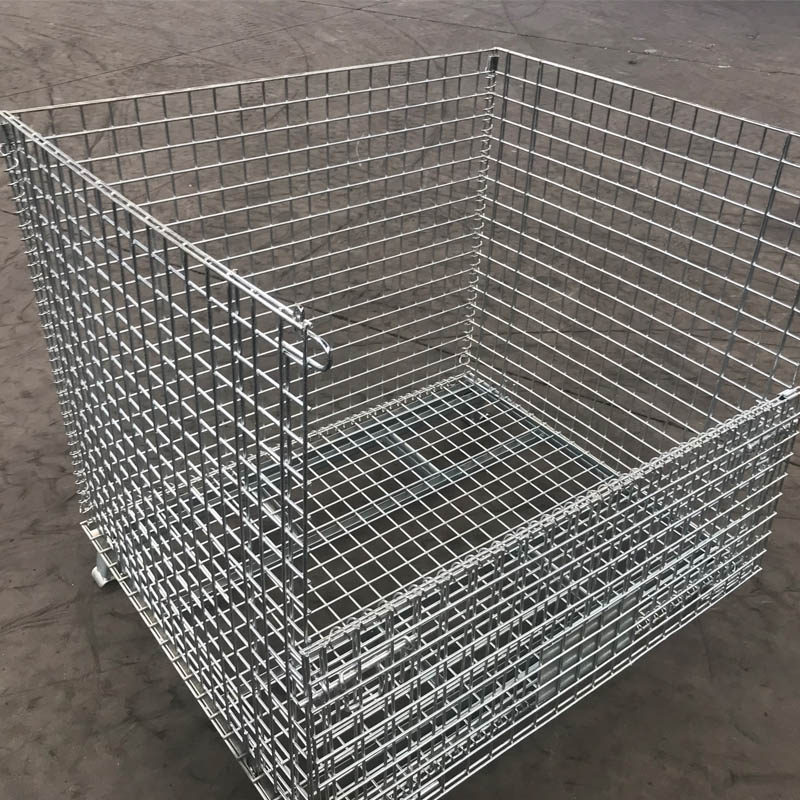
- Mobile Phone
- +8613931874955
- sales@cntcmetal.com
plasterboard external corner bead
Understanding Plasterboard External Corner Beads
Plasterboard external corner beads are essential components in the finishing of drywall installations. They serve a dual purpose providing structural support to the corners of drywall and enhancing the aesthetic appeal of the finished surface. In this article, we will explore their construction, installation techniques, and importance in both residential and commercial projects.
What Are Plasterboard External Corner Beads?
Plasterboard external corner beads are typically made from materials such as metal, plastic, or fiberglass. Their primary function is to protect the corners of plasterboard from damage while ensuring an even, smooth finish. The most common types available include metal corner beads, which offer durability and rigidity, and PVC corner beads, which are lightweight and resistant to moisture, making them ideal for high-humidity environments.
Why Use Corner Beads?
Without corner beads, corners are susceptible to damage from impacts and wear over time. Traditional methods of finishing corners, such as feathering mud over raw edges, often result in uneven surfaces and can lead to chipping and deterioration. By using external corner beads, contractors can achieve sharper, cleaner lines, which not only enhance the overall appearance of the wall but also increase its longevity.
Installation Process
The installation of plasterboard external corner beads requires some skill and precision but can be efficiently done with the right tools. The process typically involves the following steps
plasterboard external corner bead

1. Preparation Start by ensuring that the drywall is securely attached, and the corners are straight. Any irregularities should be corrected before proceeding.
2. Cutting the Bead Measure the length of the corner and cut the corner bead to size. Most corner beads can be trimmed down using tin snips for metal versions or a utility knife for plastic varieties.
3. Attaching the Bead Place the corner bead over the corner where the two pieces of drywall meet. For metal beads, tabs or nails can be used to secure the edges to the drywall. With plastic beads, adhesive is often sufficient.
4. Applying Joint Compound Once the corner bead is fixed in place, the next step is to apply joint compound (mud) over the bead. Use a putty knife to ensure that the compound covers the bead evenly, feathering the edges to create a seamless transition to the drywall surface.
5. Sanding and Finishing After the joint compound has dried, sand the area smooth to eliminate any ridges or imperfections. Depending on the finish desired, you may need to apply additional coats of compound, sanding between each layer.
Conclusion
Plasterboard external corner beads are invaluable in ensuring the durability and finish of drywall installations. Whether you're a DIY enthusiast or a seasoned professional, understanding their function and installation process is critical in delivering high-quality results. The investment in proper corner beads will not only enhance the visual appeal of your walls but also extend their life, making them a wise choice for any building project.
share:
-
Why Sacrificial Formwork Is Redefining Underground ConstructionNewsJun.06,2025
-
The Structural Dynamics of Modern Concrete: How Snake Spacers Revolutionize Flexible ReinforcementNewsJun.06,2025
-
Snake Spacers Smart-Lock Concrete Reinforcement with Surgical PrecisionNewsJun.06,2025
-
Snake Spacers: Reinforcement Precision for Modern Concrete ProjectsNewsJun.06,2025
-
Snake Spacers Powering Concrete's Structural DNANewsJun.06,2025
-
Slither into Success: Snake Spacers' Precision Bite for Unbreakable ReinforcementNewsJun.06,2025
-
Sacrificial Formwork: Building Stronger, Faster, and Safer StructuresNewsJun.06,2025



















